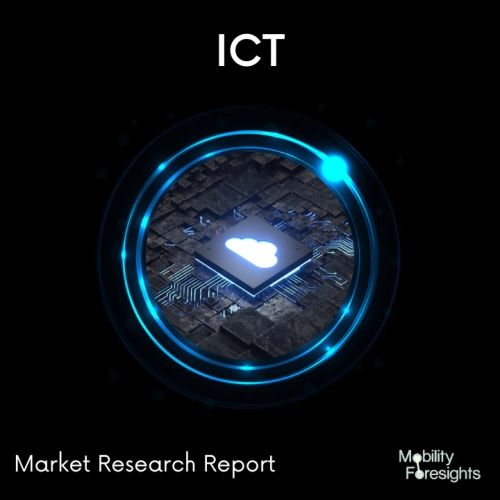
- Get in Touch with Us

Last Updated: Apr 25, 2025 | Study Period: 2024-2030
Cockpit camera system monitors pilotsâ eye-gaze and tracks hand-gesturesWith higher degrees of automation in modern aircraft, pilots are required to process a vast amount of information. A new intelligent vision system helps pilots focus on the most important task of the moment.
A typical commercial cockpit features several large computer monitors, many secondary dials, and hundreds of switches.
Although such designs work well, with higher degrees of automation in the cockpits, it is crucial to optimise human-computer interaction to enhance pilotsâ efficiency and flight safety.
A tailored solution was developed thanks to a very productive collaboration. CSEM developed the vision system algorithms, while SERMA IngeÌnierie was responsible for adapting the system hardware and integrating it into a cockpit demonstrator.
ETH Zurich performed the design and execution of the studies with pilots and Swiss International Airlines supported the consortium with expertise on the use cases.
The system is not intended to radically redesign cockpits. However, the combination of gesture recognition and eye tracking should help pilots concentrate on their most important tasks, minimise distractions and improve flight safety

The Global Cockpit Camera market accounted for $XX Billion in 2023 and is anticipated to reach $XX Billion by 2030, registering a CAGR of XX% from 2024 to 2030.
PEGGASUS Cockpit Camera - The EU-funded PEGGASUS project has advanced a novel human-machine interface system, addressing the unique challenges in the aeronautic environment.
A dashboard-mounted camera system was developed which tracks the pilotsâ gaze direction while also recognising their hand gestures.
Its purpose is to allow smooth feedback to the pilots, helping to reduce workload and improve situational awareness when they handle multiple actions.
The system features several cameras that face the pilot. The multi-camera system operates in the near-infrared range, necessary because cockpits experience extreme variation in light intensity, being sometimes very bright and at other times, dark. The cameras pair with state-of-the-art Edge AI allowing real-time determination of where the pilots are looking.
State-of-the-art computer vision and machine learning techniques have been used. First, the pilotâs face is detected in the images.
Then, several landmarks on the face and around the eyes are localised, followed by the detection of pupil and the estimation of the centre of the corneal curvature.
The result is a multi-camera vision system, capable of operating in real time at 60 frames per second with a latency of 32 ms, which achieves better than 1° accuracy for gaze detection.
| Sl no | Topic |
| 1 | Market Segmentation |
| 2 | Scope of the report |
| 3 | Abbreviations |
| 4 | Research Methodology |
| 5 | Executive Summary |
| 6 | Introduction |
| 7 | Insights from Industry stakeholders |
| 8 | Cost breakdown of Product by sub-components and average profit margin |
| 9 | Disruptive innovation in the Industry |
| 10 | Technology trends in the Industry |
| 11 | Consumer trends in the industry |
| 12 | Recent Production Milestones |
| 13 | Component Manufacturing in US, EU and China |
| 14 | COVID-19 impact on overall market |
| 15 | COVID-19 impact on Production of components |
| 16 | COVID-19 impact on Point of sale |
| 17 | Market Segmentation, Dynamics and Forecast by Geography, 2024-2030 |
| 18 | Market Segmentation, Dynamics and Forecast by Product Type, 2024-2030 |
| 19 | Market Segmentation, Dynamics and Forecast by Application, 2024-2030 |
| 20 | Market Segmentation, Dynamics and Forecast by End use, 2024-2030 |
| 21 | Product installation rate by OEM, 2023 |
| 22 | Incline/Decline in Average B-2-B selling price in past 5 years |
| 23 | Competition from substitute products |
| 24 | Gross margin and average profitability of suppliers |
| 25 | New product development in past 12 months |
| 26 | M&A in past 12 months |
| 27 | Growth strategy of leading players |
| 28 | Market share of vendors, 2023 |
| 29 | Company Profiles |
| 30 | Unmet needs and opportunity for new suppliers |
| 31 | Conclusion |
| 32 | Appendix |